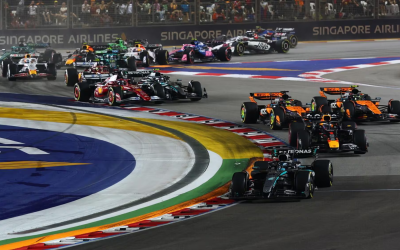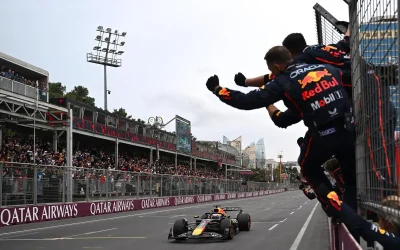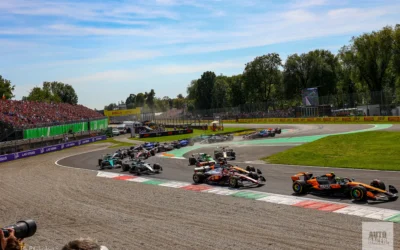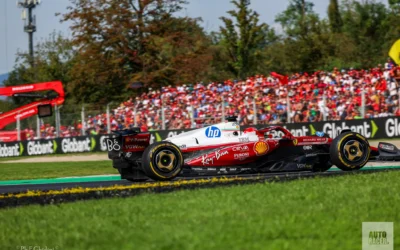As focus magnified on their rivals, Mercedes quietly went about their business in Bahrain Testing. After failing to establish a consistent baseline last year, question marks have understandably surrounded Mercedes over the winter.
Team principal Toto Wolff, as you would expect, has managed expectations. The 53-year-old insists that whilst there has been progress, understanding last year’s problems do not guarantee solutions.
Despite this, the first indications from Bahrain testing were encouraging.
Mercedes go under the radar in Bahrain Testing
Several teams grabbed headlines across the three days of Bahrain Testing. Williams received plenty of positive coverage after setting the fastest time of Day 2 with Carlos Sainz.
In terms of last season’s front-runners, it was McLaren and Ferrari that dominated F1 discourse. Andrea Stella’s team were ominous in Sakhir, with the MCL39 showing clear improvements from it’s already Championship-winning predecessor.
Although Lando Norris admitted there are still areas to improve (specifically, rear end stability), the overall picture at Woking was positive.
Meanwhile, Lewis Hamilton’s debut at Ferrari added another layer to the inevitable scrutiny surrounding the Scuderia in pre-season. The RB21 was also a big talking point – especially in relation to Max Verstappen’s satisfaction with the characteristics of his new challenger.
Amidst all of these stories, Mercedes were discussed less than in previous years.
For a team who were heavy favourites into every F1 campaign for almost a decade, this is unfamiliar territory for the Silver Arrows. Generally speaking, they are not extended to fight for the 2025 title.
In this sense, their performance in pre-season was not transformative enough to anoint them as the team to beat. Their raw pace certainly isn’t expected to grant them any massive edge in such a comepetitive fight at the front.
Still, there were clear signs of much more fundamental progress for the Brackley-based operation.
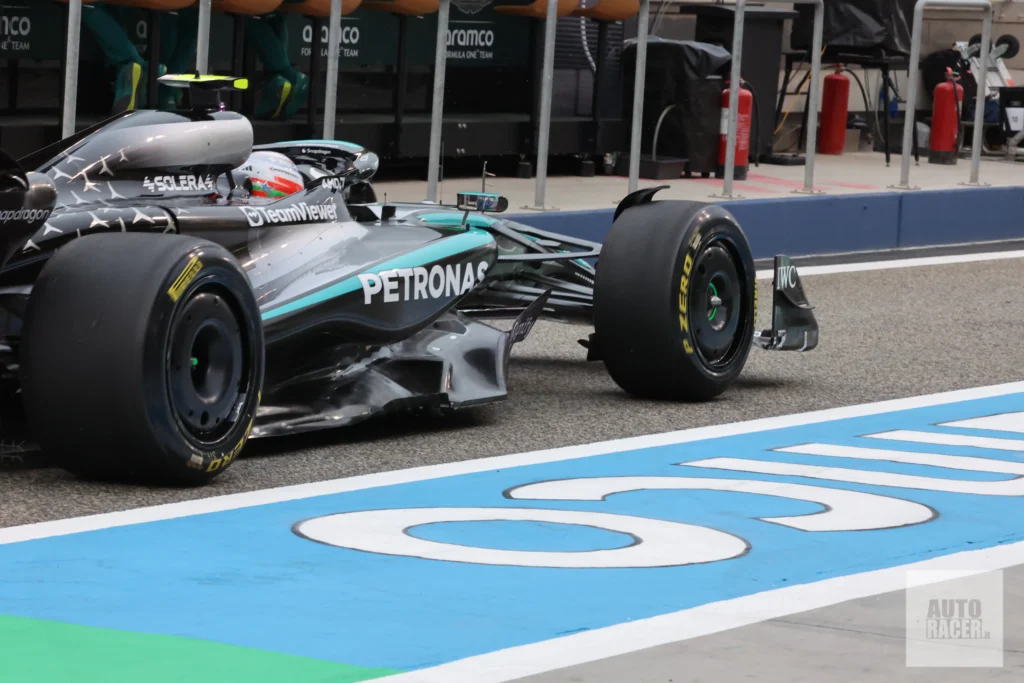
Promising Race pace and drivability with W16
George Russell and Kimi Antonelli were both happy with the W16’s handling. This was true across all three days of testing, which featured a variety of different track temperatures and levels of wind intensity.
Whilst other teams saw highs and lows, both in the timing sheets and in terms of drivability, the W16 was rock solid throughout testing.
For a team whose biggest weakness since 2022 has been inconsistency and a narrow operating window, this is a critical development.
Last year’s race-winning teams all completed significant high-fuel running in Bahrain. These runs included race simulations, which provide some of the best insights into how the field stacks up.
Of course, determining the pecking order is always a very difficult task. Fuel loads and engine modes can create important differences to lap-time and perceived performance.
Even then, it would be inaccurate to say that Mercedes showed performance that shocked any of their rivals.
However, something which can be far more reliably inferred from testing is tyre management. This is another area where Toto Wolff’s personnel suffered last year.
Technical Director James Allison has worked extensively with his team over winter to address this problem. Based on the race simulations in Bahrain, the W16 is kinder to its tyres than its predecessor.
Crucially, this characteristic could be a constant throughout the season – rather than something which comes and goes depending on external factors.
This does not put Mercedes as the benchmark heading into the first round in Australia.
Instead, the Brackley operation can be confident they have kept within touching distance of McLaren and Ferrari over winter – despite working with a far less certain baseline.

